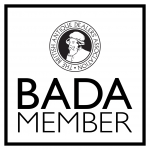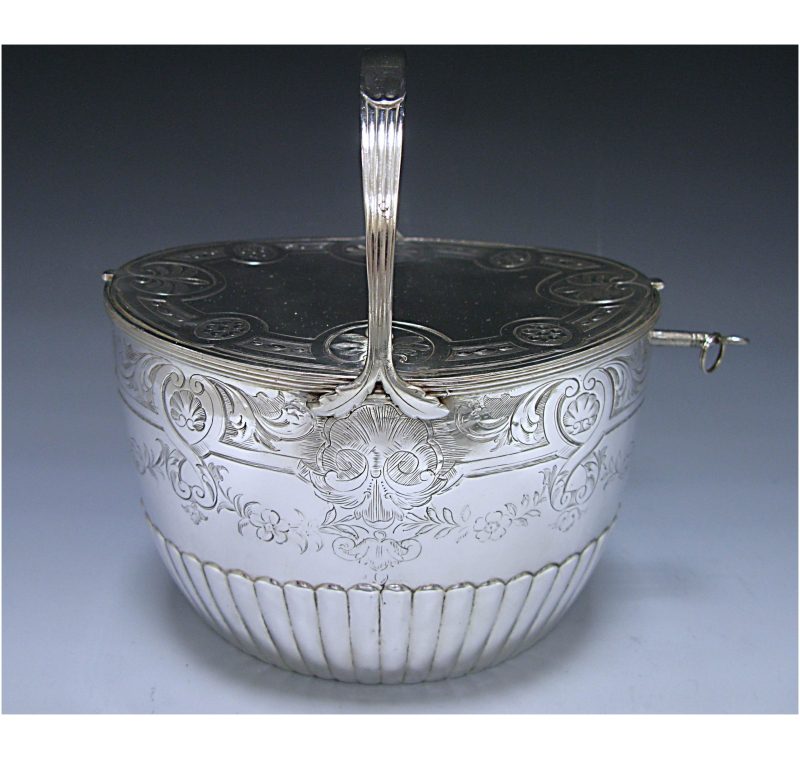
John Scofield
John Scofield was a silversmith working in London during the second half of the 18th century. He appears to have been in partnership with his brother, Robert Scofield, as the pair entered marks between 1772 and 1776. He entered a mark in partnership with Robert Jones in 1776 as a plateworker based in Bartholomew Close in the City of London. The partnership was dissolved, and all his subsequent marks are entered for him alone. He is registered as working from Bell Yard, Temple Bar in London from 1778 to 1796.
He worked for the royal goldsmiths and may have received commissions from the Prince Regent – later George IV, for his residence Carlton House in London. He worked in the neoclassical style and was noted for his very fine workmanship (which was on the rise in the latter half of the 18th century as the taste for French-influenced Rococo silverware started to recede).
By 1770, the English preference was for more formal classical decoration with shapes inspired by the ancients such as urns, vases and simple ovoid shapes and straight spouts and this is reflected in his work. His signature style was to use beaded and geometric bands, oval medallions and palmettes (although he was also known to work in a more flowing style).
There was a big demand for presentation and domestic silver, and Scofield made large ‘sideboard’ items, tea-sets and trays. He is particularly noted for his candelabra and cruets. His silver-gilt mounted glass cruet set in a frame from 1789 is now in the V&A in London, and Temple Newsam House in Leeds displays a pair of stately candelabra from 1794 which are in the form of fluted columns sporting an acanthus leaves frieze at the neck and base.







